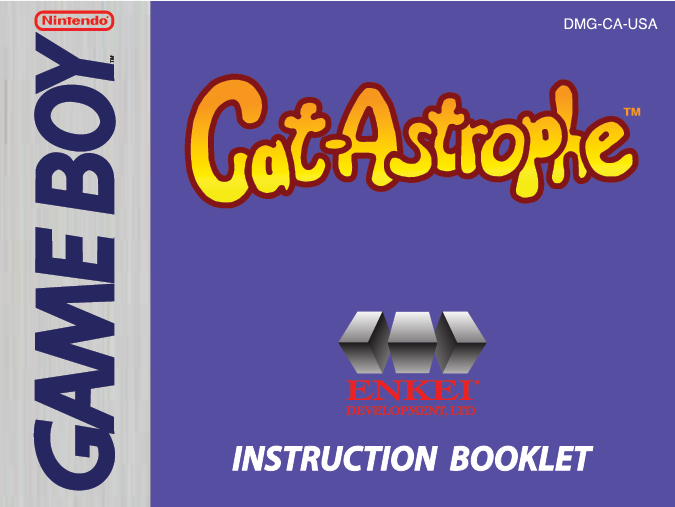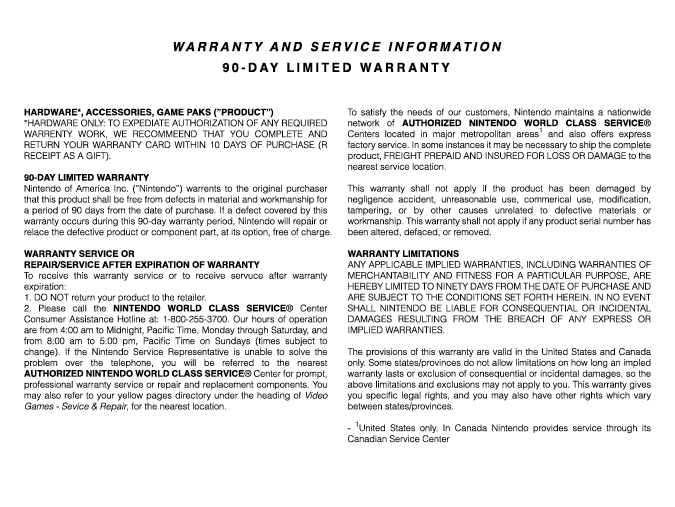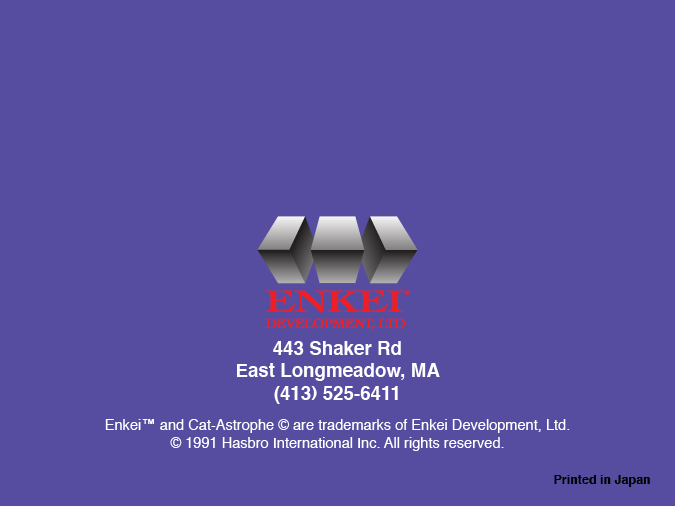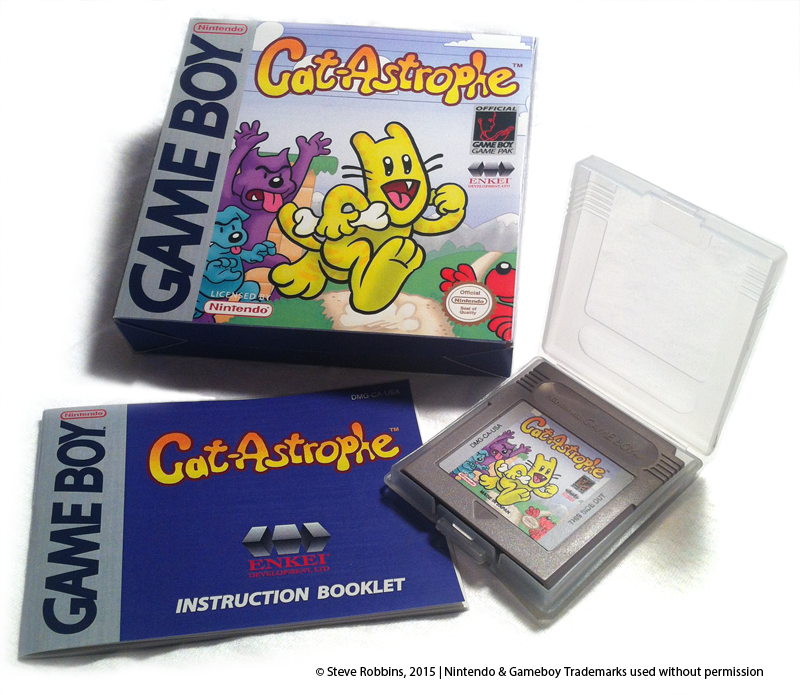





















When I was a lad of 6 or 7, my parents bought me a Nintendo Gameboy.
It was a phenomenal way to keep my trap shut during long, boring car trips. But as I grew, so did my game collection. I never had nostalgia for Gameboy, because I've never stopped playing it!
In 2015, I got the itch to build to my collection of Game Paks. As I let the fever of accumulation froth, I started to ponder designing a concept, and passing it off as genuine.
Could I convince strangers on 4Chan or Reddit this was discovered 20 years after the fact? A game with such a unique mechanic, it was a shame it was pulled from production?!
Nah, I'd rather take credit for my own work in constructing the cartridge sticker, box, and manual.
Click here to expand the fictional history and discovery of Cat-astrophe!, as well as the gameplay

In October of 2015, I found a Gameboy game at an antique store in Sturgeon Bay, Wisconsin, en route home from a road trip. It was in surprisingly good condition, and I walked away with it for only $10 (I suspect the 70 year old owner had no clue how to price a video game).
Upon returning home, I discovered a game that I had never before experienced, and one that seemed to be completely a mystery online. Here’s my speculation as to why...
For as much as I could gather (and it was VERY difficult to piece anything), this game was a going to be Milton Bradley's first foray into producing content for the Nintendo Game Boy. However, it appears Hasbro, which had acquired Milton Bradley 7 years prior, decided to pull the plug on the project for "financial housekeeping" reasons.

Having played the game, I'm not at all sure WHY Hasbro would've scrapped it; it's a cute platformer with catchy, memorable music, better-than-average graphics for the time, and an adorable mascot character (well before the Mascot Glut of the early-mid 90's). With that in mind, I tired to find information about the developer company, the mysterious Enkei Development, LTD.
In the booklet and displayed on the box art and game pak, was a mysterious logo for a company called "Enkei, LTD." Irritatingly, googling all of those words only pointed me to an existing company that makes car tires. Given the general state of record keeping regarding obscure and defunct Japanese developers, and my inability to read Japanese to any degree of fluency or proficiency, I determined that I would never get to the bottom of why this game never saw release.

The closest thing to a public awareness of this game, from what little I could find about Cat-Astrophe, was a blurb in small-release Japanese gaming magazine. Like the fabled Bio-Ape of yore, this seems to really be the only scrap of info about this game. For all I know, there's more awareness of it in Japan, but again, I can't comprehend written (or spoken) Japanese. It is interesting to note, that, other than the title screen, the rest of the game is programed in English. My suspicions are that the game was developed specifically for a western audience in mind, or the developer didn't want to lose screen space for complicated kanji characters.

UPDATE: After chatting with a friend living in Tokyo, I was able to get a little more info on Enkei. Now, mind you my friend is a westerner and Japanese isn't his first language, so take this with a grain of salt, but it seems that Enkei's management and team were constantly skimming production funds off the top [from what I can gather, it wasn't a lot per individual, but it added up quickly], and the owner was gambling a substantial amount of publisher money for horse betting. If this IS true, then it explains why Milton Bradley/Hasbro cut their ties with this obscure studio.

What struck me the most about this game was the option to cycle through 3 different angles.
The first angle was a standard platformer proscenium view is very, well, boring and average.
However, things change when you realize that there are three dimensions, in a fashion. A long block, seen from the side, might surprise you when you jump on top of it, only to find out you've instantly died because of a pool of deadly water. A power-up or a baddie might also be hidden from view, but made apparent when seen from above!

So why not use this view completely? Because you might not see things from that angle, especially behind blocks or plants. Things like spikes or embedded platforms. Power-ups. More baddies. Not to mention, judging distances between platforms.
The third view is sort of combination of the two in Isometric. however, the directional pad control in this view is not very sophisticated, as the programmers didn't seem to have a firm grasp on diagonal movement. There's also the issue of things still being hidden behind blocks, but mitigated by the angle. I'm not entirely sure why this mode was included, except maybe as an experiment? An awful lot of time when into making a feature that ultimately wasn't useful.

Other than the view modes, the controls are otherwise unremarkable, with several generic dog-themed baddies and bosses spread across 6 worlds with 4 levels each. Sure, there are some power-ups, but they are also pretty standard for a jumping platform game.
It really is amazing how complicated and sophisticated this game is. It was really ahead of its time, with alternating perspectives and odd-ball terrains.
Note: I coded this, but I'm not much of a coder. So you might need to adjust your browser window accordingly.



















